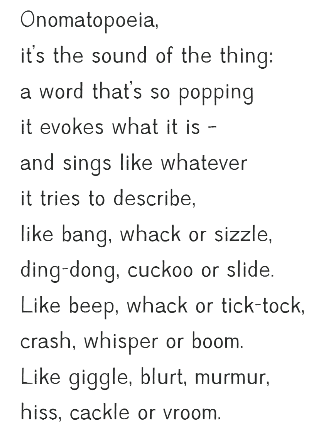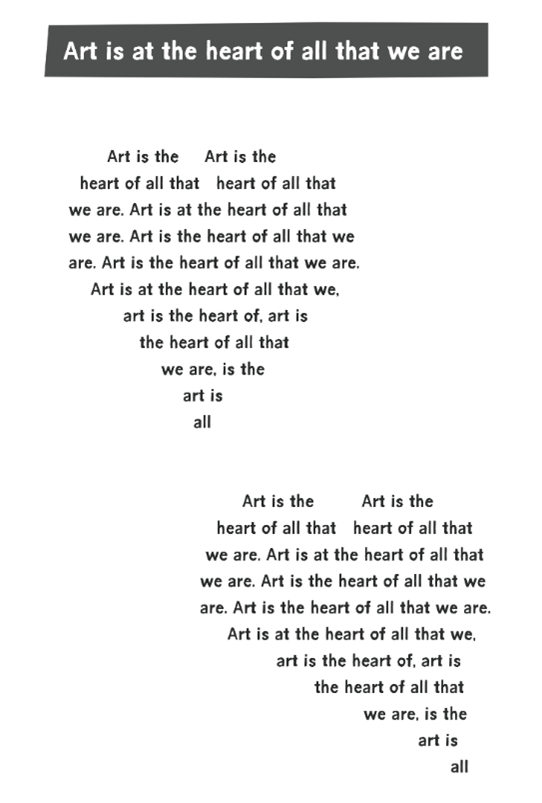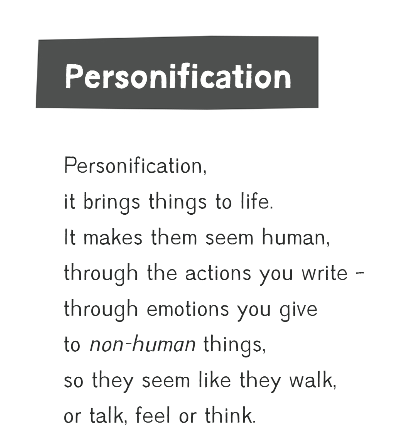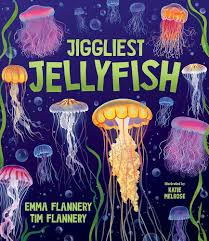By Carrie Alker, AISNSW Education Consultant: K-6 Curriculum and Pedagogy
What I’m reading and utilising this month to plan teaching and learning experiences.
This month, I have been delighted by It’s the Sound of the Thing by Maxine Beneba Clarke.
Clarke is an Australian poet and writer of Afro-Caribbean descent. Her poetry collection has been awarded the Book of the Year for Younger Children by the Australian Book Industry Awards 2024, was shortlisted in the Victorian Premier's Literary Awards 2024 and was one of The Guardian’s Best Australian Children's Books of 2023. It was also one of Readings' 100 Bestselling Kids & YA Books of 2023.

Poetry is often left behind in our programs
I recently delivered a course for Independent school teachers on Teaching Poetry in K-6. During the day, a fabulous group of educators and I explored how poetry can bring creativity and joy to the classroom, as well as address content from the English K-6 Syllabus.
We discussed some of the recent research and statistics on the teaching of poetry in UK primary classrooms, conducted by the Centre for Literature in Primary Education.
- 80% of teachers feel poetry is a significant part of a literacy curriculum
- 88% say that children enjoy engaging with poetry
- 89% reported that children enjoyed listening to it being read or performed
- 72% reported that they enjoyed performing it themselves
- 61% of teachers have never had development training on poetry
- 79% of classroom book corners have fewer than ten poetry books in their book selection
The research suggests that despite student enjoyment and engagement with poetry, it can be a genre that features less frequently in programs. As one surveyed teacher in the CLPE study states, “Really enjoy it, but would like more confidence in finding texts, planning and teaching sequences.”
To bring both the joy and the teaching of poetry into classrooms, anthologies or poetry collections have always been a ‘go-to’ of mine. The English Syllabus text requirements state that children should be read to daily, and collections and anthologies are the perfect format for those busier days. I have found, in my teaching experience, that different poems resonate with different students. You will no doubt end up with class favourites, that are requested time and time again.
It's the Sound of the Thing
A huge benefit of Beneba Clarke's collection is that it offers a range of poetic forms, including haiku, sonnets, narrative verse, rhyming couplets, limericks, free verse, tongue-twisters and more. Through this range of forms, we can demonstrate to students that poets make purposeful choices when it comes to how they express themselves. ‘It’s the Sound of the Thing’ allows readers (and listeners) to fall in love with the pleasure that is poetry.
Read on to discover ideas for addressing Stage 2 and 3 syllabus outcomes and content using this wonderful poetry collection.

CREATING WRITTEN TEXTS
Experiment with different poetic forms using stanzas (Poetic forms may include free verse, song lyrics, shape poetry, haiku) (EN2-CWT-01)
Select and use poetic forms to descriptively express ideas (Free verse, limerick, cinquain, haiku, concrete (shape poem) and sonnet) (EN3-CWT-01)
Maxine Beneba Clark uses a variety of poetic forms and text structures to engage her audiences. For example, the collection includes examples of shape poetry and free verse poems, in which she innovates layouts to represent a theme or topic, and guide navigation for the reader.
These poems provide ideal mentor texts for students and illustrate how poets can arrange their poems to convey their message.
In her poem, Art is at the heart of all that we are, Beneba Clark effectively uses two heart shapes to arrange her poem.

Teachers could ask students to consider something that is at the heart of who they are. This could be a fantastic start of year written task, as an alternative ‘All About Me’ activity.
Across several learning experiences, a range of Maxine Beneba Clark’s poems could be utilised as mentor texts and their poetic form considered in terms of their impact on the reader. Students could discuss the reasoning behind her choices. For example, why did she use a limerick to tell the humorous story about her brother’s messy room? How does her haiku powerfully capture the essence of Summer?
After unpacking several of the poems within the book, students could be tasked with choosing one of the poetic forms explored to write a poem describing an aspect of everyday school life. Which form best suits the theme, idea or topic of their chosen aspect and what impact were they hoping this would have on the reader?
UNDERSTANDING AND RESPONDING TO LITERATURE
Identify figurative language in literature and how it can influence meaning, and experiment with figurative language when creating texts (EN2-UARL-01)
Analyse how figurative language in literature can enhance meaning and affect the audience (EN3-UARL-01)
Poetry is a natural fit for exploring the Understanding and Responding to Literature content related to figurative language. The American poet, Robert Frost, famously said of poetry, “it is metaphor, saying one thing and meaning another, saying one thing in terms of another”.
Throughout It’s the Sound of the Thing, Beneba Clarke takes figurative language devices, such as alliteration, personification, and onomatopoeia, (that are used by poets to paint pictures in the readers’ minds) and creates whole poems that beautifully describe how each of these ‘work’.
Teachers could use the poem ‘Personification’ as a mentor text.

During a whole class writing lesson, teachers could share the poem and follow up with a discussion about how personification can be used by poets and writers to enhance meaning and affect the audience. Check for student understanding here by providing examples and non-examples of personification and asking questions to determine their personal reaction to the poem.
In pairs, students then highlight the examples of personification used throughout the poem.
Retaining the first stanza, which outlines what personification is, the teacher could then ask students to brainstorm other ideas that could be included in the following stanzas.
Teachers could then co-write a poem with the class, incorporating student ideas to create a ‘class poem’, filled with descriptive and rich figurative language.
This might then be followed with students being tasked with independently creating their own ‘Personification’ poem.
This process could be replicated with other poems in the collection, such as Alliteration or Onomatopoeia. This would allow students to engage deeply with figurative devices, allowing for analysis of mentor texts and experimentation in their own writing.
A list of stockists can be found at Hardie Grant
Next time, I will be sharing K-2 teaching ideas for the non-fiction book, Jiggliest Jellyfish by Emma Flannery and Tim Flannery.
